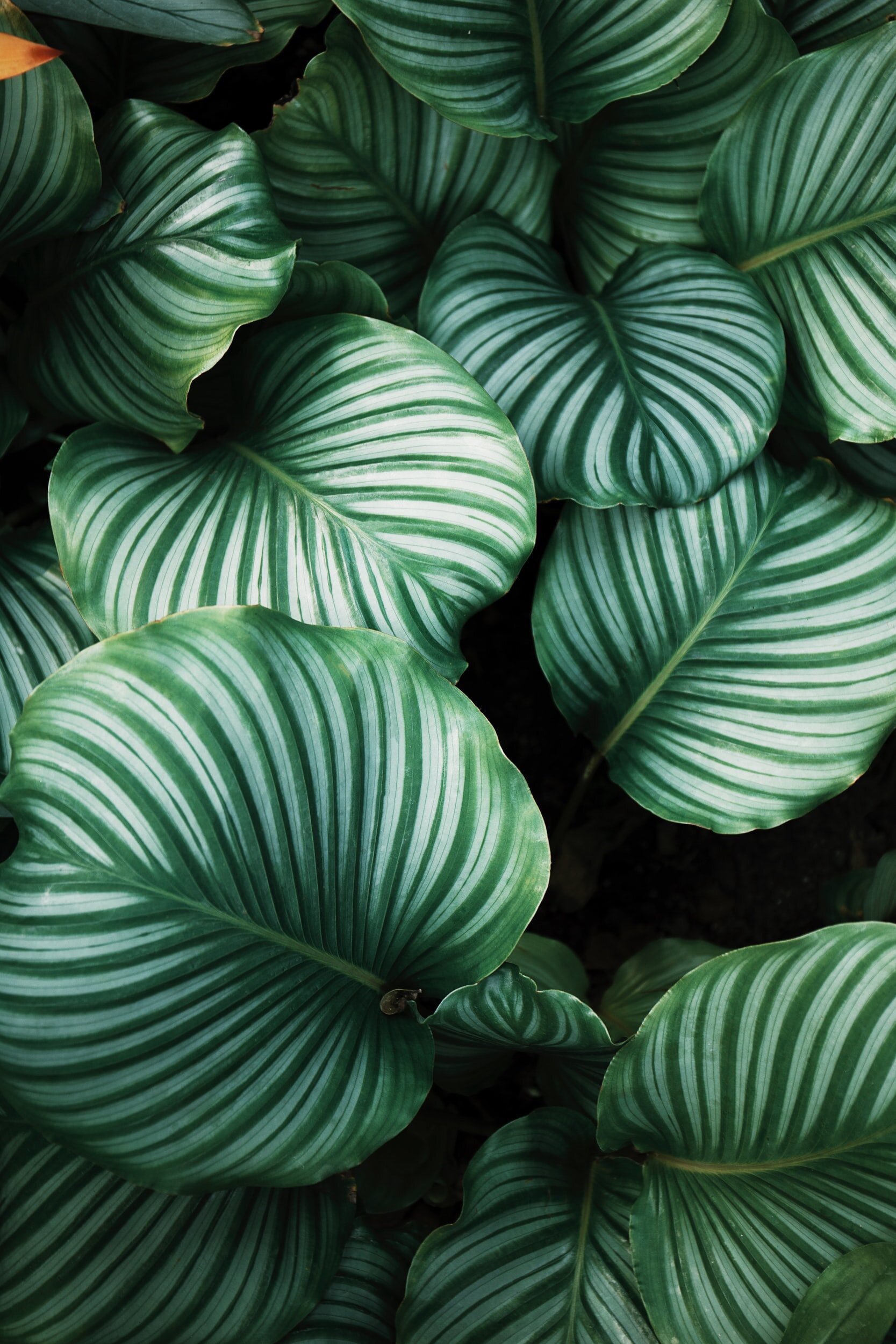
BLOG
Vital Substances: Body Fluids
Body Fluids are formed from food and drinks, like Qi and Blood. Once food and drinks are received by the Stomach…
Production of Body Fluids
Body Fluids are formed from food and drinks, like Qi and Blood
Food and drinks are received by the Stomach
The Spleen transforms and separates “clean” fluids from “dirty” fluids
The Spleen sends the “clean” fluids up to the Lungs; the Stomach sends the “dirty” fluids down to the Small Intestine
The Lungs disperse and diffuse them to the skin, body hair, and the space between skin and muscles
The Lungs also direct fluids down to the Kidneys and Urinary Bladder
In turn, Yang Qi of the Kidneys warms and evaporates those fluids to moisten the Lungs
The Small Intestine separates “pure” and “impure” fluids; “pure” fluids then go down to the Urinary Bladder and “impure” fluids go down to the Large Intestine, where some of the fluids are reabsorbed and some are excreted in the stool
The Urinary Bladder further transforms and separates “pure” and “impure”; “pure” fluids go up to the exterior of the body as sweat and “impure” fluids are excreted as urine
Production of Body Fluids involves the Spleen, Stomach, Small Intestine, Large Intestine, and so on; the major ones are the Spleen and Stomach, the “Root of Post-Heaven”
The Stomach is known as the “Origin of Fluids”
Transformation and separation by these organs rely on Yang Qi of the Kidneys
The Kidneys are known as the “Gate of the Stomach,” because the warmth of Kidneys Yang Qi is crucial for the transforming function of the “Stomach”
Distribution of Body Fluids
Distribution of Body Fluids involves the Spleen, Lungs, Kidneys, Liver, and Triple Burner; the main ones to remember are the Spleen, Lungs, and Kidneys
The Spleen Qi ascends fluids up to the Lungs; the Stomach Qi descends fluids down to the Small Intestine
The Lungs disperse and diffuse the “clean” fluids from the Spleen to the exterior of the body; the Lungs also descend the fluids downwards to the Kidneys and Urinary Bladder
The Lungs are known as the “Upper Source of Water”
The Lungs are said to regulate the “Water Passages”
The Kidneys help the Qi transformation of fluids
Yang Qi of the Kidneys warms and evaporates fluids and send back to the Lungs to moisten them
The Kidneys also send fluids downwards; the Kidneys are said to control the two lower orifices, which refer to the urethra and anus, where urine and stool exit
The Kidneys are known as the “Lower Source of Water”
The Triple Burner is also known as the “Passage of water and food”
The Upper Burner is compared to a “fog” or “mist”
The Middle Burner is compared to a “froth of bubbles” or “maceration chamber”
The Lower Burner is compared to a “drainage ditch” or “swamp”
Functions of body Fluids
Body Fluids in Chinese is “Jin Ye.”
“Jin” is fluids that belong to Yang
Jin fluids are clear, light, and watery fluids that move fast; they are under the control of the Lungs
Jin fluids circulate with the Defensive Qi outside of Vessels on the exterior of the body; their function is to moisten skin and muscles
“Ye” is fluids that belong to Yin
Ye fluids are turbid, heavy, and dense fluids that move slow; they are under the control of the Spleen and Kidneys
Ye fluids circulate with the Nutritive Qi inside of Vessels in the interior of the body; their function is to nourish the joints, spine, brain, bone marrow, and orifices
Next post will be on Mind, the last of the 5 Vital Substances. If you have any feedback or questions about the material covered, please don’t hesitate to contact at junhwa@tcmexplained.com. Below is a summary table of the relationships among Qi, Blood, and Body Fluids :) Until next time.
* The content of video is provided only for education purposes and is not intended to be a substitute for professional medical advice, diagnosis, or treatment.
References
1. Cheng, Xinnong, ed. Chinese Acupuncture and Moxibustion. 3rd ed. Fifteenth Printing 2014. Beijing: Foreign Languages Press, 2012.
2. Kaptchuk, Ted J. The Web That Has No Weaver: Understanding Chinese Medicine. 2nd ed. New York: McGraw-Hill, 2000.
3. Maciocia, Giovanni. The Foundations of Chinese Medicine: A Comprehensive Text for Acupuncturists and Herbalists. 3rd ed. Philadelphia: Elsevier Churchill Livingstone, 2015.


